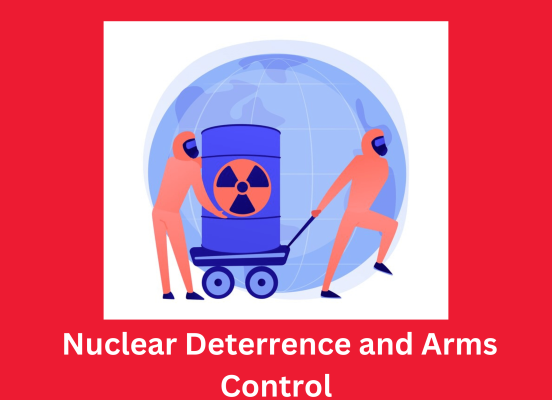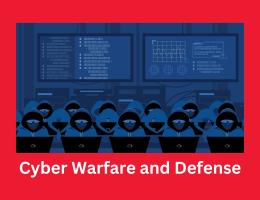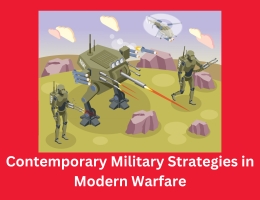
Nuclear Deterrence and Arms Control: Balancing Security and Stability
- By admin --
- Friday, 08 Mar, 2024
Since the nuclear era began, international security has always been about nuclear deterrence and arms control. MAD, or mutually assured destruction, is an idea that was created through the possession of nukes by countries and has changed how military powers everywhere think about fighting each other. What are the various ways to deal with this problem?
Nuclear deterrence rests on the principle that the possession of nuclear weapons deters adversaries from initiating a nuclear attack, for fear of overwhelming retaliation and catastrophic consequences. This concept, often summarized by the phrase "deterrence by punishment," assumes rationality on the part of state actors and relies on the credibility and capability of nuclear arsenals to dissuade aggression. Moreover, the idea of extended deterrence falls under the concept of deterrence whereby nuclear weapons states promise to defend their allies using nuclear weapons.
At the heart of nuclear deterrence doctrine is the principle of a credible nuclear deterrence that demands an assortment of resilient and dependable nuclear forces, strong commanding and monitoring systems besides plain spoken positions that spells under what conditions nuclear weapons can be used. The crafting of different diversified nuclear stockpiles containing ICBM (land-based Intercontinental Ballistic Missiles) and SLBM (Submarine-Launched Ballistic Missiles) has also been a major issue.
However, nuclear deterrence is not without its challenges and limitations. The inherent risks of nuclear weapons, including the potential for accidental or unauthorized use, the escalation of crises to nuclear levels, and the proliferation of nuclear technology to non-state actors, pose existential threats to global security. Moreover, the reliance on nuclear deterrence perpetuates a state of strategic competition and arms racing, fueling tensions among nuclear-armed states and increasing the likelihood of miscalculation or inadvertent conflict escalation.
In response to these challenges, the international community has pursued various arms control and disarmament initiatives aimed at reducing the risks posed by nuclear weapons and fostering strategic stability. Arms control agreements, such as the Treaty on the Non-Proliferation of Nuclear Weapons (NPT), the Strategic Arms Reduction Treaty (START), and the Treaty on the Prohibition of Nuclear Weapons (TPNW), seek to limit the proliferation of nuclear weapons, reduce nuclear arsenals, and establish mechanisms for transparency, verification, and confidence-building measures.
Furthermore, confidence-building measures, including nuclear risk reduction measures (NRRMs) and crisis communication channels, are crucial for managing crises and mitigating the risk of accidental or unintended nuclear escalation. These measures facilitate dialogue and cooperation among nuclear-armed states, enhancing transparency, reducing misperceptions, and promoting crisis stability.
Significant boundaries nonetheless stand inside the way of accomplishing entire nuclear disarmament and stopping the spread of nuclear guns, notwithstanding those efforts. Negotiations for disarmament are made more difficult by way of the long-lasting tensions among states, the demanding situations posed by local protection, and the improvement of new technology like cyber and hypersonic guns. These elements additionally solid doubt at the opportunity of a nuclear guns-loose international.
Moreover, decades of advancements in nuclear armaments reduction and non-proliferation are under jeopardy due to the weakening of arms control regimes, which is made worse by geopolitical tensions and unilateral withdrawals from treaty obligations. The U.S. withdrawal from the Intermediate-Range Nuclear Forces (INF) Treaty and the unpredictability surrounding the New START Treaty underscore the vulnerability of the arms control framework and the pressing need for fresh endeavours to preserve and reinforce current accords.
Nuclear deterrence and arms control are tightly intertwined with each other when it comes to international peace as well as security, albeit they are difficult issues to solve. Nuclear deterrence could provide immediate stability given that no state will launch a nuclear attack since it is afraid of retaliation. However, this approach also has some disadvantages, as it promotes strategic rivalry and raises the possibility of nuclear proliferation and escalation of conflicts.





